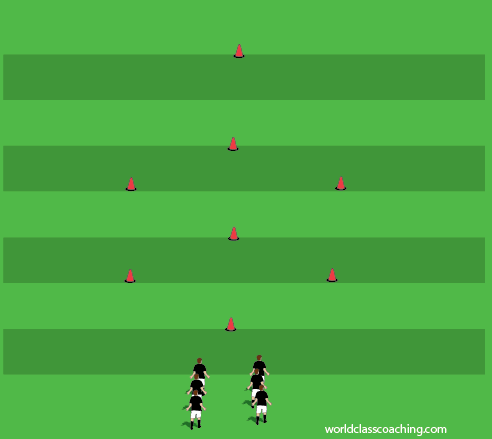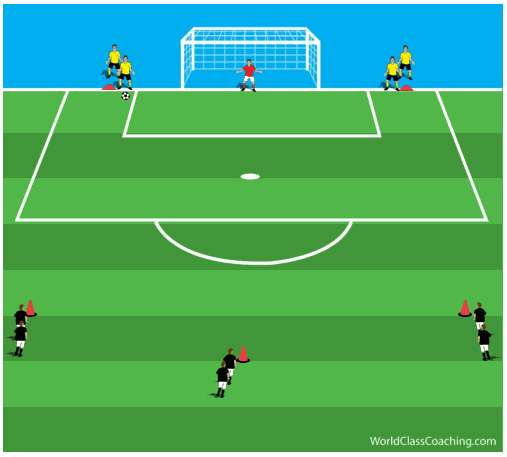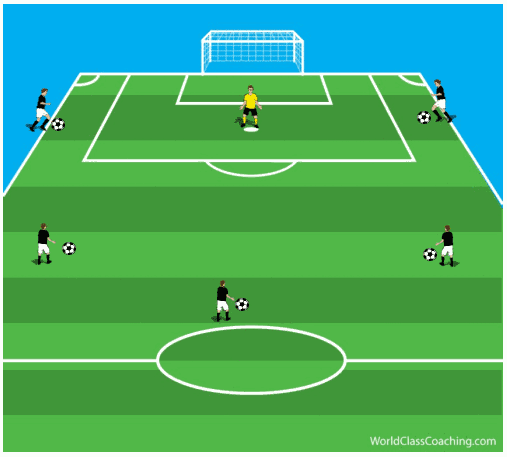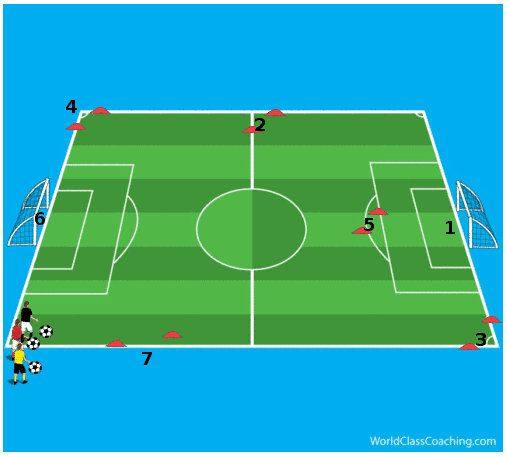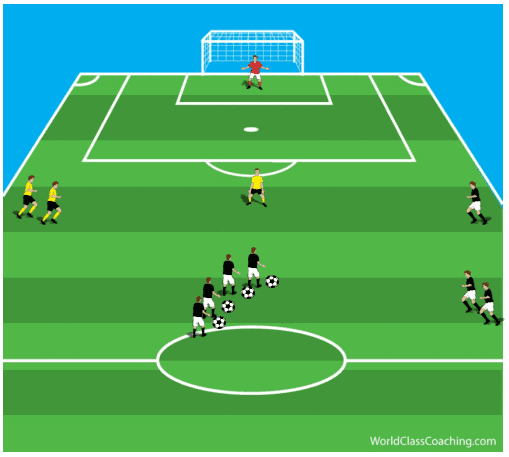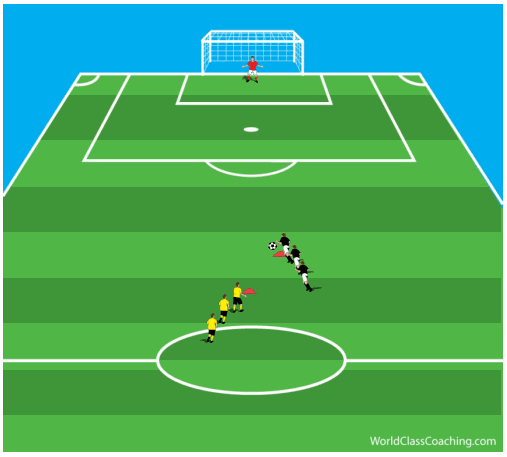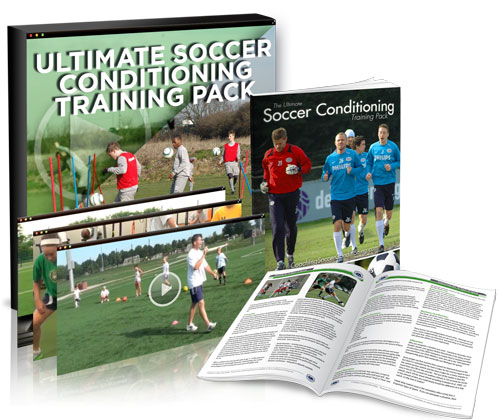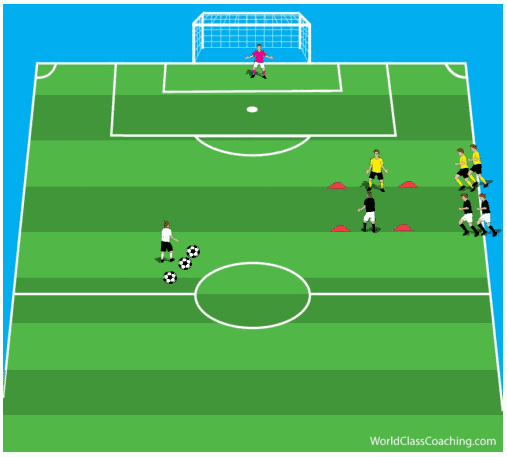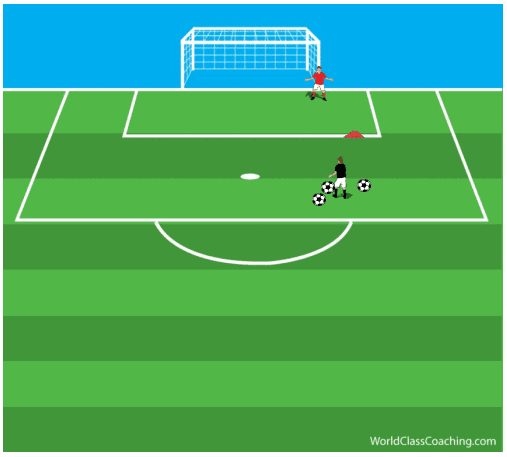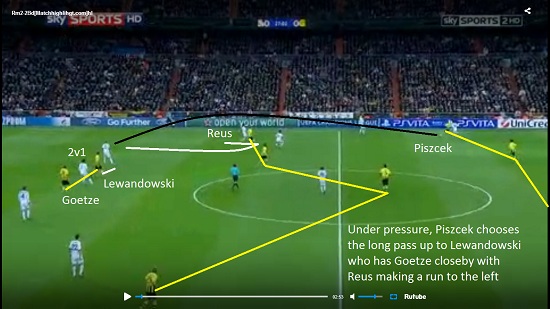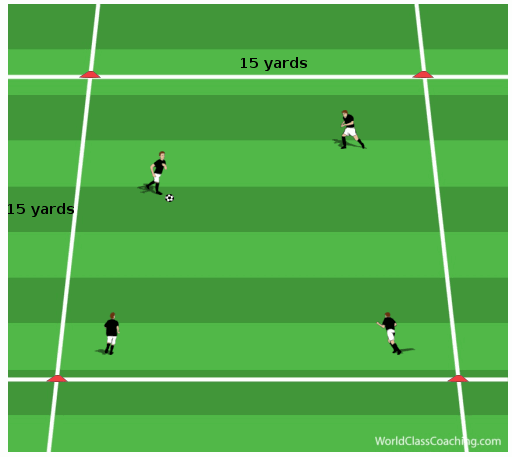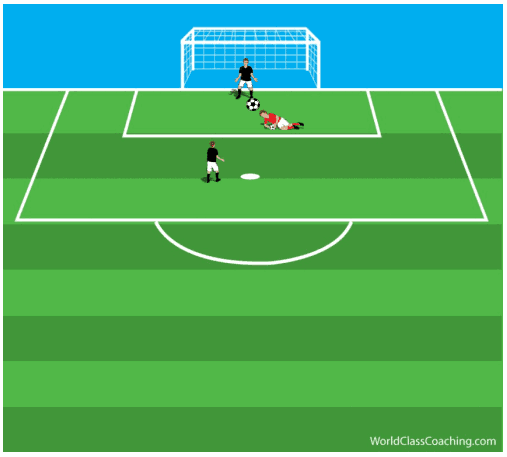What Exactly Does a "Good Drill" Mean?
- “I need a good drill”
- “Do you know a good practice to work on shooting?”
- “I saw a professional team training and was wondering if it would be good for my U14 team”
These are some of the most frequent things I see in emails from subscribers. While I appreciate them wanting help, it’s important for them to realize that it’s not about a good drill but rather it’s about the right drill (or exercise, activity or game) for their particular team.
The session that works for a college team will probably not work for a U9 team. A session that works for a U8 team will most likely not work for a U16 team.
This can be taken even further by saying the training session that works for one U14 boys team might not work for another U14 boys teams.
Training sessions should be designed based on the specific needs of the individual team and players. While one talented U16 team might need
Continue reading
